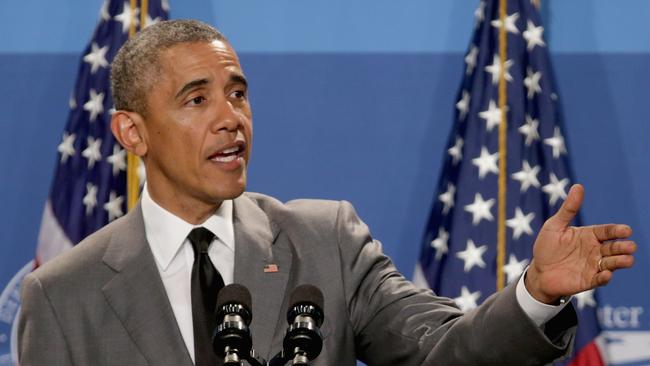 Federal Salary Council Releases Report
Federal Salary Council Releases Report
Whether federal employees make too much or too little is a common topic of debate. One recent report by the U.S. Bureau of Economic Analysis, federal employees make about 78 percent more money than private-sector workers and over 40 percent more than state and city government workers.
This report referred to the federal government as “an elite island of secure and high-paid employment, separated from the ocean of average Americans competing in the economy.”
- Also Read: Divorce and Your Federal Pension—What Happens When You Split Assets and How It Could Affect Your TSP
- Also Read: What Happens to Your Federal Benefits After Divorce? Here’s the Lowdown
- Also Read: The Best FEHB Plans for 2025: Which One Fits Your Lifestyle and Budget the Best?
Is the Federal Salary Council Correct?
Howard Risher, a financial expert believes the FSC may be stretching the facts. He said, “The recommendations submitted by the pay agent to the president have been rejected annually for two decades. It is clear that the reported conclusions are not credible. I doubt if even the union members of the Federal Salary Council believe employees on average are paid 34 percent below market rates.”
The FSC works to help unions increase salaries for federal employees without going through Congress for approval.
Whether the difference between pay is large or small, federal employees do have other advantages including layoffs and discharges are significantly lower than the public sector with occurrence rates at 25 percent of public jobs. Additionally, the Bureau of Economic Analysis determined that the number of federal employees fired for any reason happened at 1/6 the rate of private sector jobs.
The Congressional Budget office disagreed with both sides of the argument stating that when you add wages and together, the federal government only pays about 16 percent more than comparable jobs in the private sector.
New Locality Pay
The federal government approved a proposal to add 13 new locality pay areas that will include just over 100,000 federal employees. These new areas will give employees a pay raise. In addition, the Federal Salary Council added an addition two new localities earlier this week. These two new localities will not take effect until 2017.
The new localities include Albany, New York; Albuquerque, New Mexico; Austin, Texas; Charlotte, North Carolina; Colorado Spring, Colorado; Davenport, Iowa; Harrisburg Pennsylvania; Kansas City, Missouri; Laredo, Texas; Las Vegas, Nevada; Pal Bay, Florida; St. Louis, Missouri and Tucson, Arizona. Other areas have asked to be included as a locality pay area.
A study by the Bureau of Labor Statistics showed that employees in the areas approved for new localities made significantly less money than those in similar civil positions. The new localities provide a way to help reduce the pay disparity by offering a pay increase.
In 2015, locality adjustments ranged up to 30 percent. New locality rates are likely to be around 10 percent in most of these areas. Other federal employees are set to receive a one percent raise during the 2016 fiscal year.










